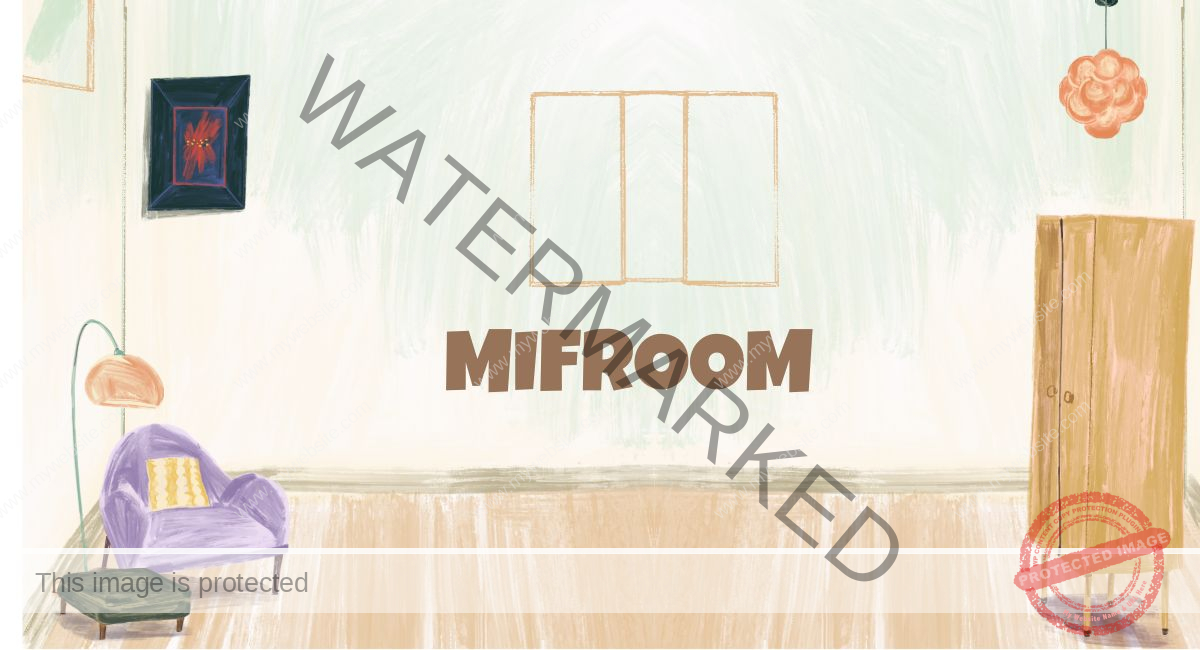In today’s fast-paced healthcare environment, the persistence of paper-based record systems continues to create significant challenges for medical practices of all sizes. The process of scanning medical charts has emerged as a critical solution for healthcare providers looking to modernize their operations while improving patient care outcomes. Digitizing patient records through professional medical record scanning services allows practices to transform cumbersome paper files into accessible, searchable digital assets that can dramatically improve workflow efficiency and reduce costly errors.
The Real-World Consequences of Paper Medical Charts
Errors That Cost Time and Compromise Care
Paper-based medical records create numerous opportunities for critical mistakes. Misfiled documents can lead to incomplete patient histories during appointments, forcing physicians to make decisions without full information. Illegible handwriting—a longstanding issue in healthcare—continues to cause medication errors and treatment delays. Additionally, paper systems often result in duplicate testing when previous results can’t be located quickly, driving up costs for patients and insurers while creating unnecessary medical procedures.
Delays That Disrupt Workflows and Patient Outcomes
The time required to retrieve paper charts—often 5-10 minutes per request—creates ripple effects throughout the clinic day. When charts are misplaced or being used by another department, treatment decisions stall, and appointment times stretch beyond schedule. For patients requiring urgent care, these delays can significantly impact outcomes. The inter-departmental lag as physical charts move between specialists, labs, and administrative staff creates information silos that fragment care coordination.
Administrative Bottlenecks and Operational Waste
Front desk staff often spend hours daily pulling charts for upcoming appointments, filing returned charts, and managing chart requests. This manual process creates backlogs during busy periods and consumes substantial labor hours. The space required for physical storage—typically 20-30 square feet of premium office space per filing cabinet—represents thousands of dollars in wasted real estate costs. Fax-based transfer of records between facilities introduces delays, quality degradation, and security concerns.
How Medical Chart Scanning Works
From Intake to Indexing
The scanning process begins with careful preparation of documents, removing staples and organizing pages to optimise scanning quality. High-speed scanners then capture images at resolutions between 300-600 DPI, ensuring text clarity. Optical Character Recognition (OCR) technology converts these images into searchable text, allowing future queries of the content. Metadata tagging connects documents to patient identifiers and categorises content types (lab results, physician notes, consent forms), creating a structured digital filing system.
EMR Integration for Real-Time Access
Properly scanned charts can be integrated directly into electronic medical record systems, linking historical paper documentation with newly created digital records. Rather than existing as isolated PDF files, scanned documents become part of the comprehensive patient profile, allowing providers to access complete histories from a single interface. This integration enables cross-referencing between old and new records, maintaining continuity of care despite the format transition.
Physical File Disposal and Digital Storage
After verification that all documents have been properly scanned and backed up, original paper records undergo secure destruction following HIPAA-compliant protocols. Chain of custody documentation provides legal proof of proper handling, while retention periods for original documents may vary based on state regulations. Digital storage systems implement redundancy through primary and backup servers, often with geographically distributed copies to protect against data loss.
Benefits of Scanning Medical Charts
Faster Access, Faster Decisions
Digitized charts enable one-click retrieval at the point of care, eliminating the average 7-minute retrieval time for paper records. Physicians can access patient histories instantaneously during consultations, enabling more informed decision-making. For emergency situations, immediate access to previous treatments, allergies, and medication lists can be lifesaving. The ability to search within documents for specific terms or values allows clinicians to locate critical information within seconds.
Fewer Manual Errors
Digital systems enforce standardized inputs, reducing the variable quality inherent in handwritten notes. Automated audit trails track all access and modifications to records, creating accountability and enabling error identification. The elimination of physical filing processes removes a primary source of record loss and misfiling, estimated to affect 3-5% of paper records annually.
Better Team Communication
Synchronized digital access allows multiple team members to view the same chart simultaneously, eliminating the “chart chasing” phenomenon common in paper-based practices. Care teams can collaborate remotely, accessing the same documentation regardless of physical location. Notification systems alert staff to new information additions, ensuring everyone operates with current data.
Legal and Compliance Advantages
Meeting HIPAA, PHIPA, and Other Mandates
Digital records make compliance with privacy regulations more manageable through access controls and encryption. Record retention requirements—which vary from 7-25 years depending on jurisdiction and patient age—become easier to implement without physical storage constraints. Breach prevention improves as digital systems eliminate the risk of physical records being left in visible locations or improperly disposed of.
Easier Documentation for Audits and Legal Requests
Time-stamped digital trails provide irrefutable evidence of when information was accessed, modified, or shared. Insurance audits become less disruptive as records can be shared electronically without removing them from circulation. In malpractice claims or legal proceedings, complete digital histories can be compiled quickly without the risk of missing documents.
Controlled Access and Permission Management
Digital systems enable granular control over who can view specific record components, restricting sensitive information to appropriate personnel. Role-based access ensures staff only see information relevant to their responsibilities. Access logs create accountability by documenting who viewed which records and when, deterring inappropriate browsing.
Choosing a Medical Chart Scanning Service
Experience With Clinical Documentation
Vendors with healthcare specialization understand the unique formats and terminology present in medical documentation. Experienced scanning partners can identify and properly index specialized form types, ensuring they remain searchable and organized. Their familiarity with physician notes, test result formats, and chart organization principles ensures nothing gets misclassified during the digitization process.
EMR/EHR Compatibility
The best scanning services offer direct integration with major EMR systems like Cerner, Epic, Telus, and Meditech. Format compatibility ensures scanned documents appear properly within the digital patient record interface. Pre-scanning consultation should confirm that output formats will properly integrate with your specific software version.
Quality Control and Turnaround Time
Reliable scanning partners implement multi-stage quality verification to ensure document completeness and legibility. Volume capacity assessment should match your transition timeline needs—whether gradual or all-at-once conversion. Service level agreements should clearly define turnaround times, accuracy rates, and remediation processes.
Implementation Planning: Avoiding Downtime
Inventory and Prioritization
Begin by cataloging record volumes and identifying which records need immediate digitization versus those that can be archived. Most practices prioritize active patients (seen within 1-3 years) for initial scanning. Developing clear naming conventions and organizational structures before scanning begins ensures consistency in the digital environment.
Staff Communication and Minimal Disruption
Transparent timelines help staff prepare for transitional periods when both paper and digital systems may be in simultaneous use. Clear role assignments during the transition prevent confusion about record retrieval responsibilities. Developing fallback procedures ensures patient care continues uninterrupted if technical issues arise during implementation.
Post-Scanning Access Training
Comprehensive staff training should cover search techniques, viewing options, and annotation capabilities in the new digital system. Simulated scenarios help staff practice retrieving specific information types under time pressure. Creating quick reference guides for common tasks supports staff during the learning curve period.
Why Now Is the Time to Modernize
Volume and Complexity of Records Is Rising
Patient documentation requirements continue to expand, with the average chart size increasing approximately 25% every five years. Multiple chronic conditions in aging populations create increasingly complex records that become unmanageable in paper form. Integration of patient-generated health data further complicates record-keeping without digital systems.
Rising Expectations for Speed and Accuracy
Both patients and insurers increasingly expect immediate information access and rapid response times. Competitive pressure from digitally-enabled practices is reshaping patient expectations about information availability. Reimbursement increasingly ties to documentation completeness and accessibility standards.
Digitization Enables Future Innovations
Electronic records create the foundation for implementing AI-assisted diagnosis, predictive analytics, and population health management. Digital infrastructure enables future interoperability between different healthcare systems and specialties. Remote care delivery models depend entirely on accessible digital documentation.
Final Word
Converting paper medical charts to digital format represents more than simple modernization—it’s a fundamental risk-reduction strategy that enhances care delivery. The cumulative impact of small daily inefficiencies in paper systems ultimately translates to substantial costs in time, money, and occasionally patient outcomes. With measurable ROI in operational efficiency, error reduction, and space utilization, scanning medical charts transforms a necessary administrative function into a strategic clinical asset.














